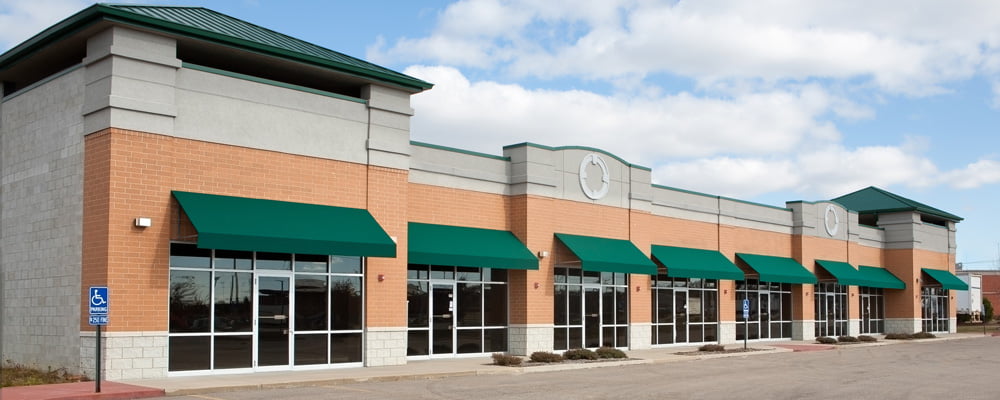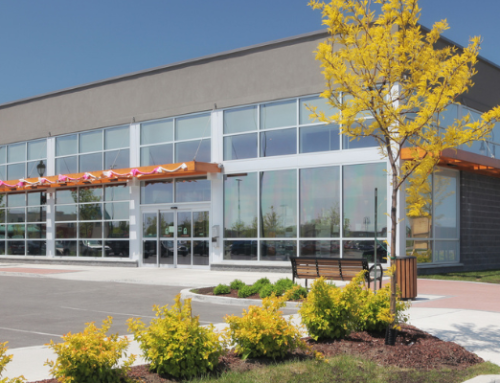Before the coronavirus hit, the outlook for commercial real estate was strong. Many experts were predicting another year of record growth. Others, at the end of 2019, couldn’t even pinpoint a near-term recession. A summary from CBRE, dated November 15, 2019, was what we were all looking forward to as 2020 began:
“2020 could be a pivotal year for the U.S. commercial real estate industry, with geopolitical, economic, and local regulatory issues in keen focus. Despite transformational changes to our business, CBRE’s 2020 U.S. Outlook predicts a very good year for commercial real estate.
Resilient economic activity, strong property fundamentals, low-interest rates, and the relative attractiveness of real estate as an asset class are the primary factors supporting our outlook. Barring any unforeseen risks, we assess that a recession will be avoided, thanks in large part to the stimulatory effects of the Fed’s rate cuts in 2019.”
Fast forward to summer 2020, and the global economy is barely recovered from a total state of shock following the coronavirus pandemic. Despite significant turmoil and chaos, COVID-19 has given us an opportunity to reset and look for ways to address underlying issues creatively and innovatively in commercial real estate (CRE), as well as reimagine how CRE can be used.
Looking Back at Historical CRE Performance
According to a report from JLL, commercial office leasing had been dropping since the beginning of 2019 after reaching a three-year high in the second quarter of 2018. When coronavirus hit, gross leasing activity dropped by 21 percent, and the amount of office space absorbed by co-working dropped to its lowest point since 2010. Their data also indicates that during every economic downturn in the past 20 years, rent costs decreased between 12 and 14 percent. By all accounts, the market was due for an adjustment.

Average U.S. office asking rent ($ p.s.f.), source: JLL
Working in CRE’s favor going into the pandemic was that the industry “was not experiencing the rampant overbuilding of prior cycles” [1] despite excess space in a number of sectors, such as hotels, self-storage, and student and senior housing. CRE was also in a good position financially even though the industry overall had amassed a large amount of debt. Yet, the long-term impact will depend based on the sector.
REITs performed extremely well in 2019, with double-digit growth at its highest point since 2016. Driving this growth were the industrial market – which remained strong even throughout COVID-19 – data centers, the residential sector, and low-interest rates. Since REITs tend to perform opposite the stock market, they can be a valuable asset during economic downturns.
CRE Challenges
Though CRE entered this downturn in a relatively good position, there are several challenges to overcome.
- Higher than usual vacancy rates
- Negotiations with tenants for rent abatements
- Debt load
Early indices point to a less abrupt change in vacancy rates and rent growths from the end of 2019 to the first quarter of 2020. Tenants in hard hit industries, like hotels, restaurants, entertainment, auto sales, and retail were more negatively affected than others. How office spaced is used in the future will determine how quickly CRE can rebound.
The demand for leased space plummeted in the first quarter of 2020 as millions of Americans lost their jobs, and millions more working from home. Offices went empty. Tenants couldn’t pay rent. Landlords struggled to pay mortgages. And the industry, as a whole, carries a substantial debt load.
Nareit reported that in April, rent collections across the board fell but to varying degrees.
- Free-standing retail tenants: 70%
- Shopping centers, including grocery stores: 50%
- Healthcare: less than 90%
- Office, residential, and industrial: more than 90%
CRE landlords facing continued cash flow shortages will want to reexamine their balance sheets to extend debt maturities, tap into unused lines of credit, refinance, and/or utilize an influx of capital rather than debt to resume new or existing projects.
Future CRE Trends
- More space per employee
- Higher standards for physical office space
- Tech upgrades for a better tenant experience
As workers continue to return to the office, the environment they left back in March will be different. More than wearing face masks and limiting meeting sizes, there are bigger trends for how real estate space will be used. Landlords and tenants are rethinking how office space should be used, and that’s having an impact on vacancy rates.
Two of the trends that CRE is likely to embrace are more square footage allotted to each employee and a departure from open office spaces. Building codes may be amended to mandate more square footage per employee, higher standards for HVAC, and the amount of enclosed space. What remains to be seen are whether short-term behavior shifts in shopping, virtual conferences, and working from home will translate into long-term changes for e-commerce and travel.
While the amount of office space used for co-working arrangements dropped during the onset of coronavirus, the concept of co-working is likely to shift in the months ahead. Even though corporate tenants will be looking for ways to maximize their space, sharing a desk with someone else or fitting in more people per square foot for the sake of profitability – both characteristics of co-working spaces – could be met with caution.
The role of technology will also need to be considered as a means to keep occupants safe and tenants engaged. From ensuring remote operation, to hiring more security and cleaning personnel on-site, to contactless tenant interactions, landlords need to be looking at more digital solutions.
Silver Lining
Amid the dismal outlook for commercial real estate, there are still plenty of opportunities. For one, the industry was in a better position at the start of the pandemic than the last recession in 2008-09. Before the world knew about COVID-19, the majority of C-suite real estate executives forecasted more capital growth in 2020, and debt positions were strong.
The industrial market was on the rise pre-pandemic, too, and opportunities remain in that sector. Grocery stores, warehouses, and e-commerce growth are keeping the demand for industrial building renovations and new construction. E-commerce, for example, is estimated to hold about 20 percent of all industrial leases in 2020 after a surge in distribution centers occurred to meet the increased consumer demand for goods and services.
Another way that real estate leaders can thrive in this changing economy is by adapting existing spaces. Even before COVID-19, landlords of retail spaces had to explore options in adaptive reuse. Alternatives to empty storefronts can include pop-up retail, cultural or entertainment spaces, co-working space, self-storage, or medical office space, to name a few. Some larger retailers started using closed stores as online fulfillment centers, and some restaurants shifted to grocery pick-up.
No matter what the future holds for CRE, there will always be room for physical real estate. It’s hard to build a company culture or have the same experiences with shopping, dining, or connecting with other people on Zoom. Commercial real estate is in flux, and opportunities to innovate are emerging.
Contact Jennifer French, Partner and Leader of the PBMares Construction and Real Estate Team to discuss future options for your commercial real estate holdings and how to take advantage of growth opportunities in a changing market.





